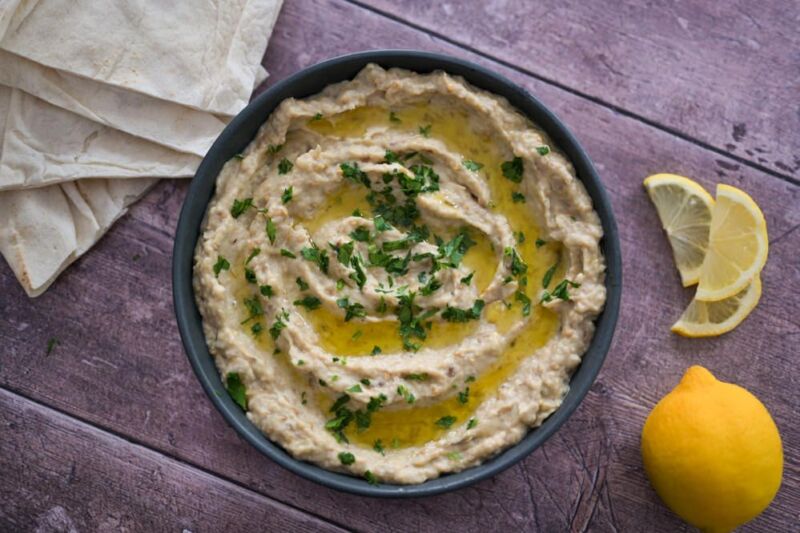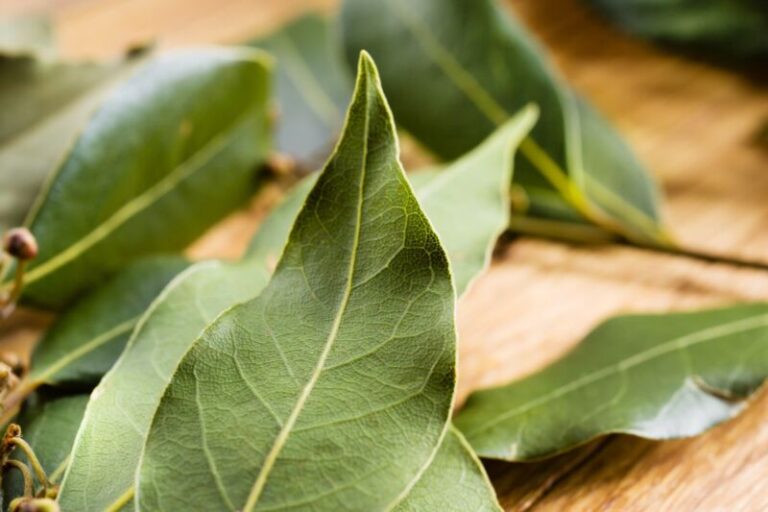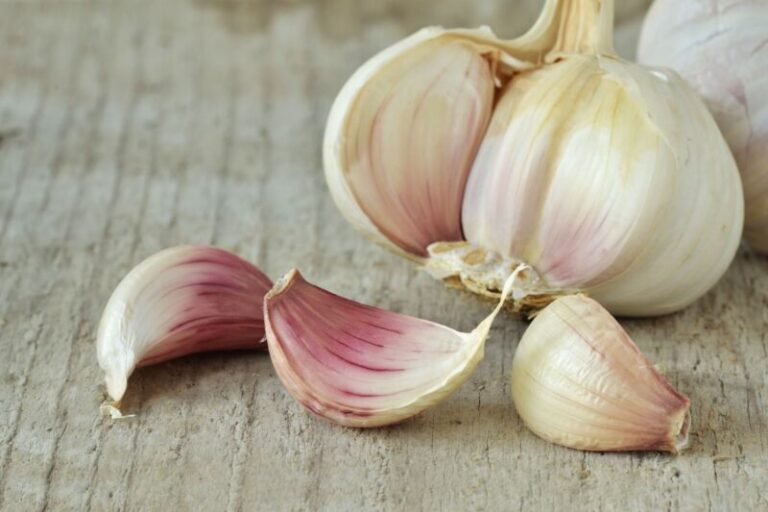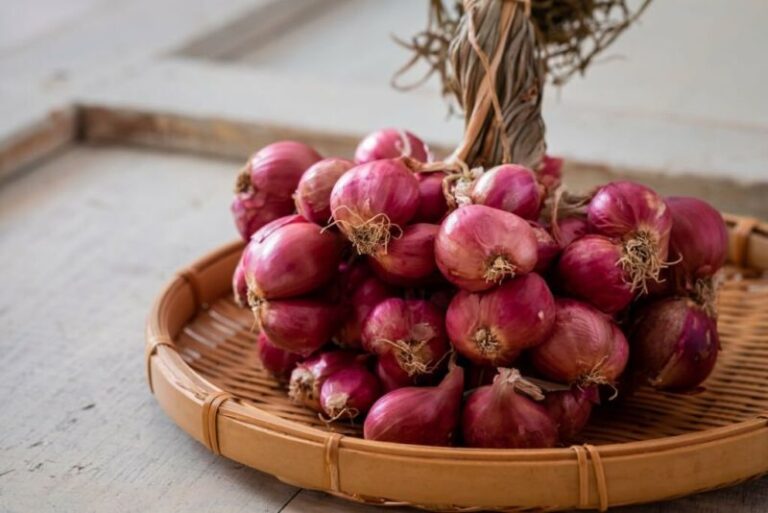How to Tell if Baba Ganoush is Bad?
Baba ganoush is a delicious Middle Eastern dip made primarily from eggplant. With its creamy texture and smoky flavor, a good baba ganoush can be irresistible. But no one wants to bite into a spoiled baba ganoush! So how do you know if your baba ganoush has gone bad? In this article, I’ll walk you through the signs of spoiled baba ganoush and tips for proper storage to keep this dip fresh and safe to eat.
What is Baba Ganoush?
Baba ganoush is a thick, creamy dip or spread made from charred eggplant that is popular in Middle Eastern cuisine. The main ingredients are eggplant, tahini (sesame seed paste), olive oil, garlic, and lemon juice. Additional spices and herbs are sometimes also used for flavor.
Baba ganoush has been enjoyed in the Middle East for centuries. The smoky, toasted flavor comes from roasting or charring the eggplant over an open flame before scooping out the flesh. This imparts a delicious, richer taste. Baba ganoush can be served as a dip, sandwich spread, or even as a side dish.
Knowing how long baba ganoush lasts and if it has spoiled is key for food safety. Eating rancid or moldy foods can cause unpleasant symptoms or even food poisoning. So let’s go over some details about the ingredients in baba ganoush and signs of spoiled dip.
Baba Ganoush Ingredients and Shelf Life
The shelf life of baba ganoush depends on the freshness of the ingredients used. Here is a closer look at common baba ganoush ingredients and their individual shelf lives:
Eggplant
Eggplant is the star ingredient in baba ganoush. A fresh, firm eggplant should last 3-5 days when stored in the refrigerator. Soft or wrinkled eggplant means it is past its prime.
Tahini
Tahini is a paste made from ground sesame seeds. An unopened jar can last 1 year at room temperature or up to 2 years refrigerated. Once opened, it will keep 6-8 months in the fridge. Natural separation of the oil does not mean tahini has spoiled, but mold development would.
Olive Oil
A fresh, high-quality extra virgin olive oil will keep 12-24 months from the harvest date if stored properly. Heat, light, and oxygen cause olive oil to go rancid faster. Cloudiness or a yellow tint indicate spoiled olive oil.
Garlic
Whole, fresh garlic bulbs will last a few weeks at room temperature. Minced garlic in oil can be refrigerated for up to 1 week. Garlic turns mushy, sticky, or shriveled when it is spoiled.
Lemon Juice
Freshly squeezed lemon juice will keep 4-5 days refrigerated. Commercial bottled lemon juice can last around 6 months after opening. Mold development means lemon juice has spoiled.
Spices
Dried spices and herbs added to baba ganoush like cumin, paprika, parsley, etc. can last 1-2 years stored properly. Fading color or weak aroma indicate stale spices.
Considering the shelf life of these ingredients, a freshly made baba ganoush stored in the refrigerator should last around 4-5 days. Always practice proper food safety when preparing dips and dishes like baba ganoush. Now let’s go over some signs of spoiled baba ganoush to watch out for.
How to Tell if Baba Ganoush is Bad? Signs of Spoilage
It’s important to rely on your senses when determining if your baba ganoush has gone bad. Here are visual, texture, smell, and taste cues that your baba ganoush is past its prime or unsafe to eat:
Visual Signs
- Unusual colors like orange, blue, green, or black mean mold growth. Toss moldy baba ganoush.
- Sliminess or wetness on the surface also indicates mold or yeast growth.
- Dryness, extreme separating of oil, or hardening around the edges are other warning signs.
Texture Changes
- Watery or extra runny texture as ingredients start breaking down.
- Increased thickness or clumpiness as dip continues to spoil.
- Unusual sliminess or stickiness.
Smell Changes
- Strong vinegar, ammonia, or alcohol smell from fermentation.
- Rotten, sulfurous odors.
- Moldy or musty smell.
- An unpleasant, sour note.
Taste Changes
- Bitter, sharp, or unpleasant flavors are red flags for spoiled baba ganoush.
- Moldy or musty taste.
Trust your senses – if your baba ganoush displays any of these signs of spoilage, play it safe and throw it out. Grayish discoloration, softening textures, and sour odors mean it is past its prime and potentially unsafe to eat.
Proper Storage for Baba Ganoush
To get the most out of your delicious baba ganoush, proper storage is key. Here are some tips for keeping your dip fresh for as long as possible:
- Refrigerate baba ganoush right away after making, and keep chilled at 40°F or below. Do not leave at room temperature more than 2 hours.
- Store in an airtight container to prevent oxygen exposure and drying out. Glass and plastic storage containers with lids work great.
- Surface contact with air can cause discoloration, so you can place plastic wrap directly on the surface before sealing the container.
- For longer storage, baba ganoush can be frozen for 2-3 months. Freeze in an airtight container, leaving 1⁄2 inch headspace.
- Keep the eggplant and other produce as fresh as possible leading up to making your baba ganoush.
- Date your leftovers and eat within 3-5 days for optimal freshness and food safety.
With proper refrigeration and air-tight storage, your homemade baba ganoush or leftovers should easily last 4-5 days. Now let’s go over the health risks if you accidentally eat spoiled baba ganoush.
Health Risks of Spoiled Baba Ganoush
Eating spoiled, out of date foods comes with potential health risks. Here are dangers to be aware of with rancid baba ganoush:
Food Poisoning
Consuming rotten or moldy baba ganoush can lead to food poisoning. Common symptoms include nausea, vomiting, diarrhea, abdominal cramps, and fever that develop within 12-48 hours.
Allergic Reactions
Mold growth produces microscopic spores that can cause allergic reactions if eaten. Symptoms like hives, stuffy nose, red eyes, or shortness of breath may occur.
Seek medical treatment if you develop concerning symptoms that persist after eating spoiled baba ganoush. Food poisoning usually resolves on its own within 1-3 days, but dehydration or dangerous pathogens are possible complications.
When evaluating your leftover baba ganoush, remember the rule: “When in doubt, throw it out.” Rancid dips and spreads can contain dangerous molds and bacteria. Don’t risk getting sick – toss baba ganoush that is past its prime.
Conclusion
Baba ganoush is a delicious Middle Eastern dip that can easily last 4-5 days refrigerated when prepared with fresh ingredients and stored properly. Rely on your senses of sight, smell and taste to determine if your baba ganoush has gone bad. Signs like unusual colors, foul odors, mushy texture, or bitter taste mean it’s unsafe to eat.
To prevent spoilage and foodborne illness, store baba ganoush covered in the refrigerator within 2 hours of making. An airtight container is ideal. Health risks like food poisoning or allergic reactions are possible from eating rancid baba ganoush. When evaluating leftover baba ganoush, it’s better to be safe than sorry. If you notice any signs of spoilage, err on the side of caution – toss it out and make a fresh batch. With proper handling and storage, you can safely enjoy delicious homemade baba ganoush!






